Emergence of Drone Racing as a Sport
The Racing Drones Market is increasingly recognized as a legitimate sport, attracting both participants and spectators. This recognition has led to the formation of professional leagues and organized competitions, which are essential for the market's growth. The establishment of standardized rules and regulations has contributed to the sport's credibility, encouraging more individuals to participate. Additionally, the rise of esports and online streaming platforms has provided a new avenue for drone racing, allowing enthusiasts to engage with the sport from anywhere. Market analysts project that the increasing acceptance of drone racing as a sport will drive demand for high-performance racing drones, as competitors seek to enhance their capabilities. This trend indicates a promising future for the Racing Drones Market, as it continues to evolve and attract a diverse audience.
Increased Popularity of Drone Racing
The Racing Drones Market is witnessing a surge in popularity, particularly among younger demographics. This increase is attributed to the rise of drone racing as a spectator sport, with events being broadcasted on various platforms, attracting millions of viewers. The establishment of professional racing leagues and competitions has further fueled interest, creating a vibrant community of enthusiasts and participants. According to recent estimates, the number of drone racing events has doubled in the past two years, indicating a robust growth trajectory. This burgeoning interest not only drives sales of racing drones but also stimulates demand for related accessories and components, thereby expanding the overall market. The potential for sponsorship and advertising revenue in this sector is also becoming increasingly apparent, suggesting a lucrative future for stakeholders.
Regulatory Developments in Drone Racing
The Racing Drones Market is influenced by evolving regulatory frameworks that govern drone usage. As drone racing gains traction, regulatory bodies are establishing guidelines to ensure safety and compliance. These regulations often include restrictions on flight altitudes, no-fly zones, and requirements for pilot certification. While these regulations may pose challenges for some operators, they also create opportunities for the market by legitimizing drone racing as a recognized sport. The establishment of clear regulations can lead to increased investment in the industry, as stakeholders seek to align with legal standards. Furthermore, as more countries develop comprehensive drone regulations, the market is likely to see a more structured growth pattern, fostering a safer and more organized racing environment.
Technological Advancements in Racing Drones
The Racing Drones Market is experiencing rapid technological advancements that enhance performance and user experience. Innovations in battery technology, such as lithium polymer batteries, have significantly improved flight times and efficiency. Additionally, advancements in materials science have led to lighter and more durable drone frames, which are crucial for competitive racing. The integration of artificial intelligence and machine learning algorithms into racing drones allows for real-time data analysis and improved navigation, providing a competitive edge. As a result, the market is projected to grow at a compound annual growth rate of approximately 15% over the next five years, driven by these technological enhancements. This trend indicates a shift towards more sophisticated racing drones that appeal to both amateur and professional racers.
Growth of Drone Technology in Other Industries
The Racing Drones Market is benefiting from the broader growth of drone technology across various sectors. As industries such as agriculture, logistics, and surveillance adopt drone technology, the advancements made in these fields often translate to improvements in racing drones. For instance, innovations in navigation systems and obstacle avoidance technology developed for commercial drones are being integrated into racing models, enhancing their performance. This cross-pollination of technology not only improves the capabilities of racing drones but also attracts investment from companies looking to capitalize on the growing interest in drone applications. The potential for collaboration between racing drone manufacturers and other sectors suggests a dynamic future for the Racing Drones Market, as it continues to evolve alongside advancements in drone technology.

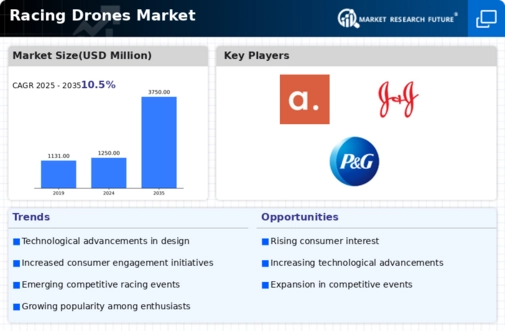
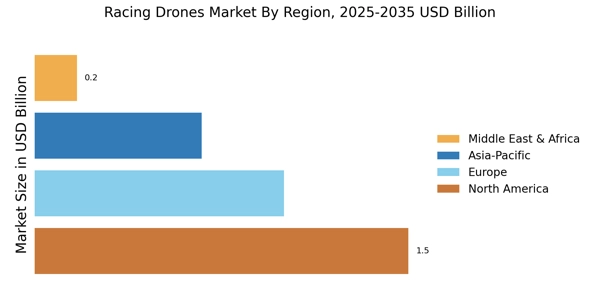
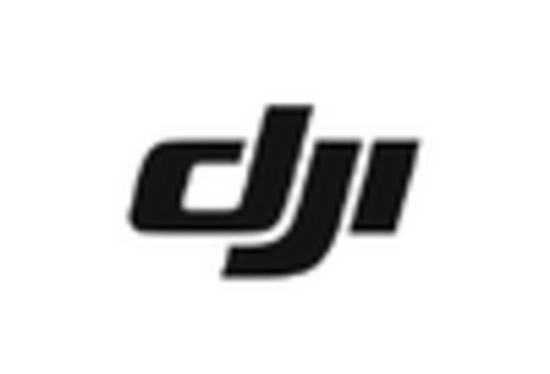
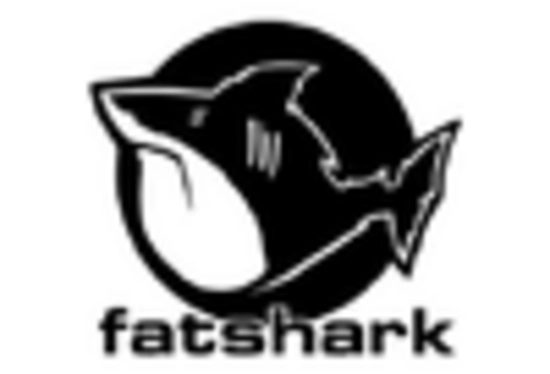
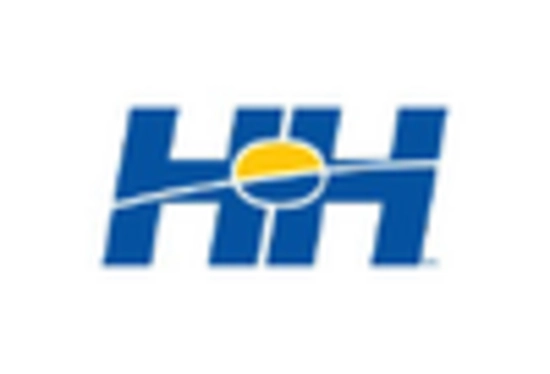











Leave a Comment